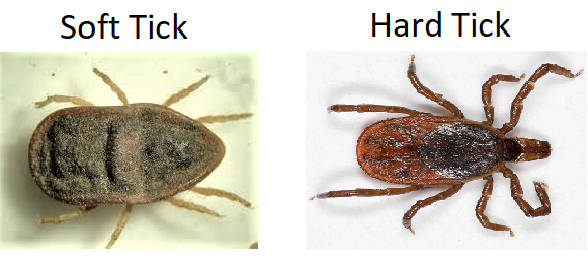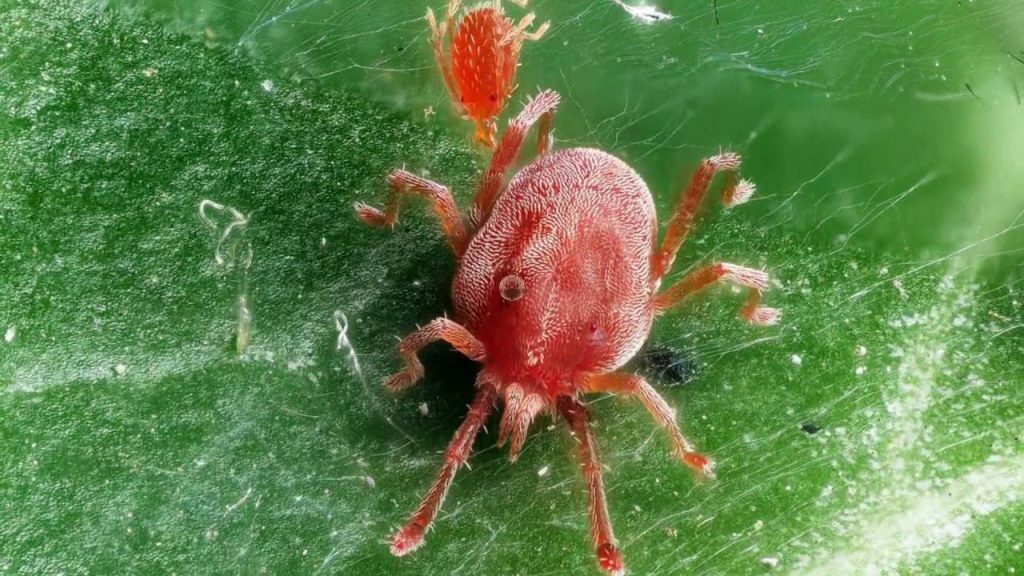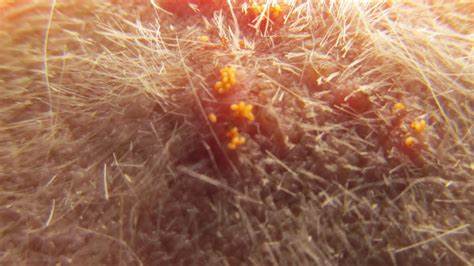Although summer seems to have clearly left our shores for this year, we are still seeing evidence in the studio of some nasty beasties.
Tick season should really be over but with the prolonged warm weather there are still a few around. There are two types of ticks:

They vary in colour and are typically reddish, brown, grey or black depending on the species. Mature ticks have 8 legs and larval ticks have just 6. The size of the tick also varies with species, age and sex but the biggest factor is feeding.
An unfed female tick can measure 3 millimetres in diameter which can increase to 11 milimetres when engorged – Yuk! Ticks don’t have wings and cannot jump, so they travel on their host or by crawling up plants and along the ground. They attach themselves to passing animals by special hooks on their legs.
Harvest time is particularly abundant this year with berries and apples everywhere. Sadly in the studio I’m seeing Neotrombicula autumnalis. A huge name for a small parasite – the harvest mite – also known as aoutat, chigger or berry bug.

This particular bug mainly lives away from the host and it is just the larval stages that are parasitic to mammals, when the larvae are feeding. They use their mouth parts to inject lytic enzymes into the upper layers of the skin and ingest the digested cells. This causes an intense itchy reaction and some animals may even self harm because of it. In dogs the mites may typically be found between the toes, around the face, in the ears but can also appear in the armpits and groin. They are visible as bright orangy red specs.

There are products on the market for harvest mites available in the UK. However, some flea treatments are said to be affective. The dogs we have seen in the studio with harvest mites have been given a flea shampoo to try to remove them, however if left untreated the larvae will eventually drop off. If in doubt please consult your vet.
If you have any of these issues then please contact us for advice. If you could send a picture I can identify the beastie and advise you on how best to deal with low level infestations. Any heavy infestations tend to require a visit to your vet but I am happy to take a look otherwise and chat through it with you.
For all enquiries contact princepoochgrooming@gmail.com

